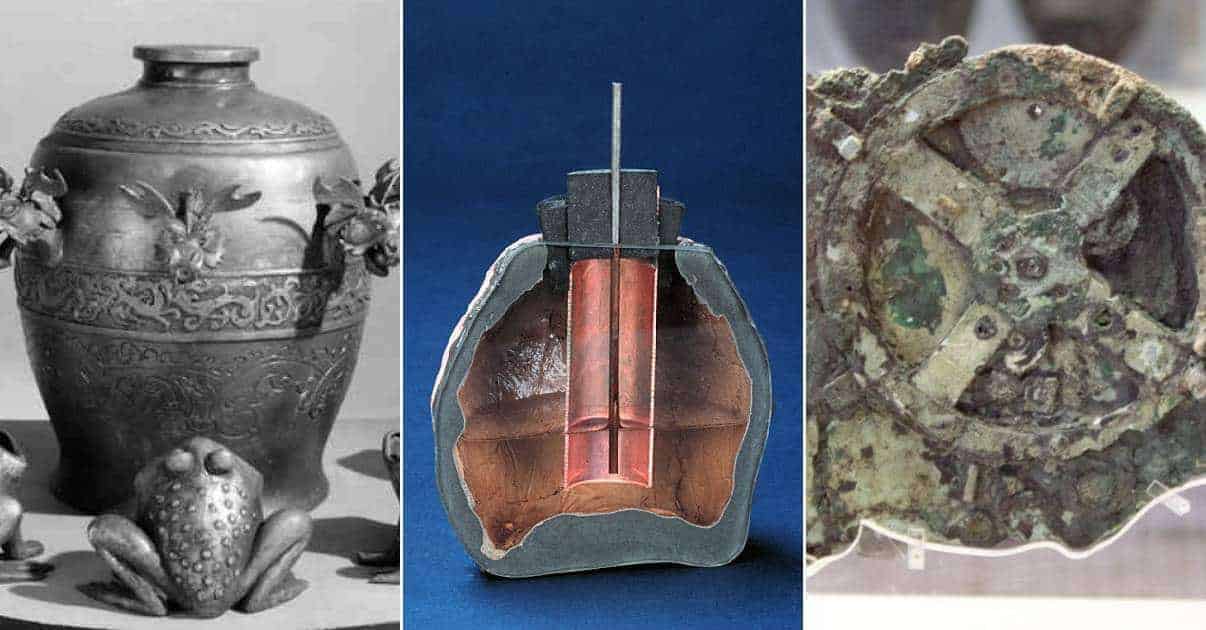The ancient world proved that humans can never be stopped from progressing. Ancient cultures knew more about explaining the sun and stars in methods that the modern world can barely understand. Civilizations that existed for hundreds or thousands of years advanced and developed in ways that continue to amaze historians. Some of the technology that was created by ancient cultures still cannot be recreated today, and other inventions may have changed the course of human progression if they had not been lost. Here are just a few of the ancient inventions that were centuries before their time, and are only now being rediscovered and understood.

Steam Powered Pigeon 400-350 BC
Archytas was born in 428 BC and was a man that did just about everything. He was a philosopher, astronomer, mathematician, strategist, and a statesman. But despite all that, what he is perhaps best known for is his skills as an inventor. As a Pythagorean, he believed that only arithmetic could provide a basis for satisfactory proofs. Everything in life revolved around mathematics for Archytas.
He was also a statesman who became a leader to the Pythagoreans in Tarentum, and tried to unite Greek towns against their non-Greek neighbors. He was elected to the position of commander-in-chief of Tarentum for seven years despite the fact that the law stated a man could only hold the post for one year. His accomplishments as a statesman were largely because of his brilliance, which was highly respected.
He is credited as being the founder of mathematical mechanics because of his most famous invention. The steam-powered pigeon was made of wood and was so named because it was shaped like a bird and was one of the first studies in bird flight. The device was hollow and had two wings on either side of the middle, and two smaller wings to the rear. The shape was created to be aerodynamic and to have the maximum flying distance and speed.
At the rear of the pigeon was a hole that connected to a bladder that was placed in the hollow center of the bird. This opening could then be connected to a heated, airtight boiler. This boiler would be used to create steam that would be fed into the hollow pigeon. Once the pressure of the steam built up to a point that it was stronger than the connection keeping the bird on the boiler, the bird would take off and fly through the air. It was reported to fly for several hundred meters. Many people credit the steam-powered pigeon as being the first robot in recorded history.

